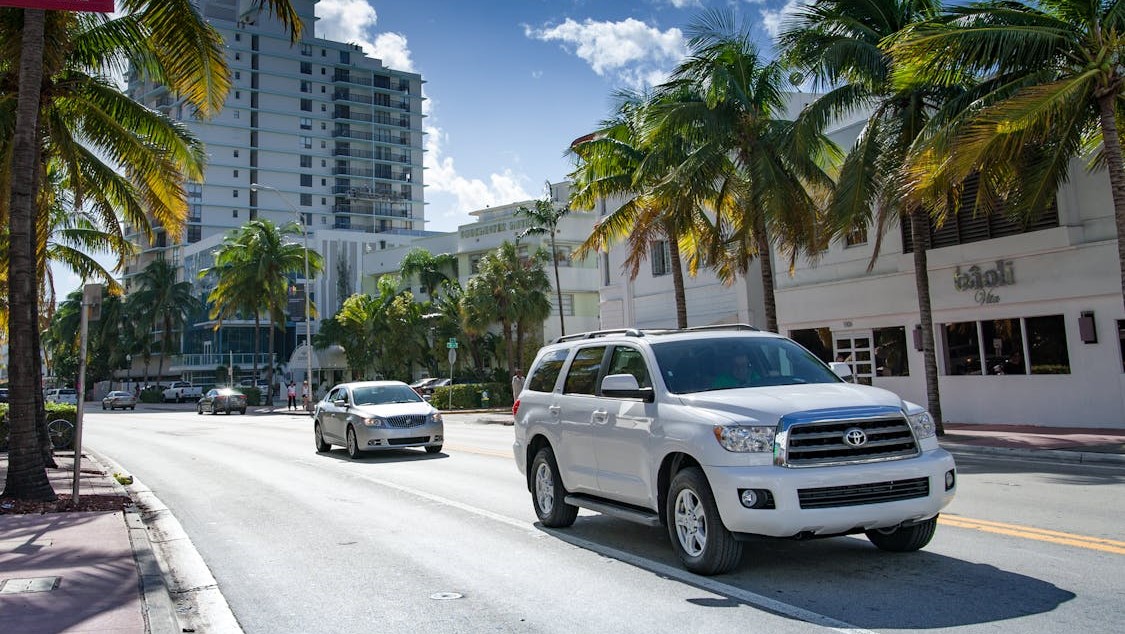Discovering cheap, unsold cars for seniors can significantly cut costs while ensuring quality and safety. This guide will navigate through the best deals and clearance sales across the U.S.

When looking for a cost-effective car, you'll want to focus on several key factors to ensure you make a smart purchase. Here are 11 steps for you to consider:
1. Set a Budget: Decide on the maximum amount you can afford to spend on a car. Consider both the purchase price and the total cost of ownership, which includes insurance, maintenance, fuel, and possible financing costs.
2. Define Your Needs: Identify what you need in a car—such as size, performance, fuel efficiency, and features. This will help you narrow down your options to those that best fit your lifestyle and driving habits.
Here are some car recommendations tailored to various groups of people, focusing on different performance needs:
For Families: Safety and space are paramount for family cars. The Honda CR-V and Toyota Highlander offer spacious interiors, reliability, and advanced safety features. They are perfect for road trips and daily commutes alike.
For Young Professionals: Style, efficiency, and connectivity might be key. The Mazda3 or Honda Civic offer sleek designs, fuel efficiency, and modern tech at a reasonable price, making them great for city living and commuting.
For Seniors: Ease of use and comfort are crucial. The Subaru Forester and Hyundai Sonata provide comfortable seating, easy entry and exit, good visibility, and safety features like automatic emergency braking and lane-keeping assist.
For Adventure Seekers: Durability and off-road capability matter. The Jeep Wrangler and Subaru Outback are robust choices that can handle rough terrains while offering comfortable interiors and good towing capacity.

For Eco-Conscious Drivers: Fuel efficiency and eco-friendliness are important. The Toyota Prius and Tesla Model 3 lead in this category, offering excellent fuel economy and low emissions, with the Tesla providing an all-electric alternative.
For Luxury Enthusiasts: For those who prefer a blend of performance, comfort, and prestige, the Ford Explorer Platinum and Kia Telluride are excellent choices. They combine powerful engines, exquisite interiors, and the latest technology.
Additionally, always consider test driving a few options to see which one feels right for you!
3. Research Models: Look for cars known for reliability and low maintenance costs. Brands like Toyota, Honda, and Subaru often have models praised for their longevity and resale value. Read reviews and check consumer ratings for the cars you're considering.
4. Check Total Cost of Ownership: Websites like Kelley Blue Book, Edmunds, and Consumer Reports provide information on the cost of ownership over time, which includes depreciation, insurance, maintenance, and fuel costs.
5. Consider New vs. Used: A used car can often provide the best value, as new cars depreciate quickly in the first few years. However, new cars come with warranties and the latest technology, which might be important for you.
6. Inspect and Test Drive: Whether you're buying new or used, inspect the car thoroughly and take it for a test drive to make sure it meets your expectations and feels right to drive.
7. Negotiate the Price: Whether at a dealership or through a private sale, there's often room to negotiate on price. Be prepared with research on what the car is worth based on its condition and market value.
8. Look for Deals and Incentives: Car dealers often offer a variety of deals and incentives to attract buyers and move inventory. Understanding these can help you get the best deal on your new vehicle. Here are some common types of deals and incentives you might encounter:
Cash Rebates: Often advertised as cash back, these are direct discounts off the purchase price of the car. These rebates can be particularly high towards the end of a model year or when a particular model isn't selling well.
Low APR(Annual Percentage Rate) Financing: Dealers may offer low-interest financing to qualified buyers, which can significantly reduce the cost of borrowing. Sometimes, you might find offers as low as 0% APR, which means you're not paying any interest on your loan.
Leasing Deals: These can include lower monthly payments, reduced down payments, or lower total cost due at signing. Leasing incentives can make getting into a new car more affordable if you don’t mind not owning the car outright.
Trade-In Credits: If you have an existing vehicle, dealers might offer a better-than-market-value price on your trade-in to encourage you to complete the new car purchase with them.
Loyalty Bonuses: For customers who already own a car from the same brand, a loyalty bonus might be available to encourage them to stick with the same brand for their next purchase.
Conquest Bonuses: Conversely, some dealers offer incentives to customers who currently own a competing brand, encouraging them to switch.
Graduate and Military Discounts: Special pricing for recent college graduates and military personnel can also be available, acknowledging their service or recent milestone with savings on a new car purchase.

9. Consider Financing Options: If you're not paying cash, shop around for the best financing rates and terms. Check with banks, credit unions, and other lenders.
10. Review the Contract: Before signing any documents, read through the contract thoroughly. Understand all the terms, and ensure there are no hidden fees or conditions.
11. Ownership Costs: Factor in regular maintenance, insurance, and potential repairs. Choosing a car with good fuel efficiency and low insurance costs can also help save money in the long run.
By following these 11 steps, you can better ensure that you find a car that is cost-effective and meets your needs. Don't miss out anymore! Drive home a deal on a cost-effective car as early as possible and enjoy unbeatable savings, supreme reliability, and joyous journeys for years to come!